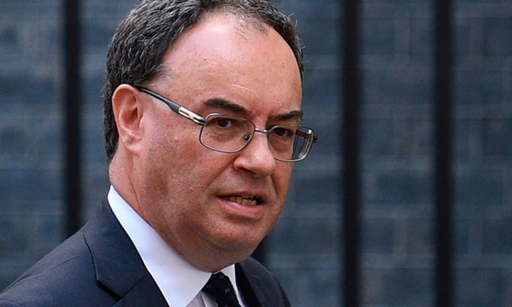Overview
The Bank of England (BoE) cut interest rates by 0.25 percentage points on Thursday, to 4.5 per cent. There was a consensus among the Monetary Policy Committee (MPC), as all nine members voted to cut benchmark rates from 4.75 per cent. Seven supported the quarter-point move, while two backed a 0.5 percentage point cut.
Understanding the Growth Forecast Downgrade
The interest rate cut comes in response to falling growth estimates, with the BoE halving its 2025 UK growth forecast. It now expects the economy to grow at 0.75 per cent this year. The Bank criticised UK Chancellor Rachel Reeves’ decision to increase employers’ national insurance contributions, arguing that it will impact jobs and prices more than anticipated. As a result, it revised its unemployment rate prediction to 4.8 per cent over the next year. This is 0.5 percentage points higher than its previous forecast.
Paul Johnson, the director of the Institute for Fiscal Studies think tank, has labelled this downgrade “very worrying” for the Labour government, as it means “the tax revenues the chancellor is relying on are unlikely to come in as expected.” He stated that “the chancellor is in big trouble” when it comes to meeting the debt rules she imposed, if the official government forecaster, the Office for Budget Responsibility, updates its forecast to match the Bank’s.
This downgrade comes against a backdrop of sluggish growth figures for the Labour government, which had campaigned heavily on a pro-growth agenda. Despite these concerns, the Bank improved its 2026 and 2027 forecasts, expecting a 1.5 per cent growth rate in both years.
Inflation to Stay Above Target Until 2027, Says BoE
Inflation to stay above target until 2027, largely driven by energy prices. Increased demand for natural gas pushed prices up after a colder-than-expected winter in Europe. Ofgem’s energy price cap will be impacted as a result.
Nevertheless, BoE governor Andrew Bailey was prepared to cut rates due to concerns over the economy’s growth projection. He stated that he does not believe the inflationary “bump in the road” will have a “lasting effect.” However, he acknowledged increased “uncertainty” about the pace at which inflation will fall. The Bank now expects inflation to remain above its 2 per cent target until the end of 2027.
Markets React: FTSE Surges While Pound Slumps
FTSE surges while pound slumps as the pound fell as much as 1.2 per cent against the dollar, driven partly by expectations of faster rate cuts. Conversely, the BoE rate cut helped the FTSE 100 (an index of the largest 100 UK companies listed on the London Stock Exchange) reach a record high on Thursday, closing up on 1.2 per cent on the day.
Since 29 per cent of FTSE 100 revenues is generated by companies in North America, a weaker pound makes their UK-based exports more competitive. Additionally, the FTSE 100 has been touted as a safe investment, amid investor concern over Nvidia’s share price plunge in the US.
The FTSE 250, which is more economically sensitive as it contains the next 150 largest UK companies, also gained 1.5 per cent during the day.

Mortgages, Savings and Credit Cards
The impact of the interest rate cut on mortgages depends on the type of deal homeowners are on. Those on mortgage tracker deals (deals which move in line with the base rate) will see their monthly repayments fall by roughly £29. Those on standard variable rate deals must wait to see if their lender responds, while those on fixed mortgage deals will see no immediate change.
For savers, the rate cut will most likely lead to lower returns on easy-access and variable savings accounts. Money-saving expert Martin Lewis expects the 0.25 percentage point cut to take effect within two to four weeks, however the “very top rates could stay at or above 5 per cent.” This is due to the level of “competition out there in the easy-access cash ISA market.” Despite BoE base rates falling, market rates were still up. For example, Trading 212 is still paying 5.16 per cent despite the 4.75 per cent base rate the BoE previously held. Mr. Lewis also mentioned that fixed-rate savings accounts would have likely already priced in some of this cut but could still “shave [it] down further.” For those who wish to fix their savings, he advises them to do so “today.”
Meanwhile, the financial expert added that credit card rates would be “mostly unaffected” by the cut since “they’re already so high above the base rate.” The average APR (Annual Percentage Rate, which reflects the total cost of your borrowing for a year) currently stands at around 24.9 per cent.
Will There Be Further Cuts?
It is important to note that while the BoE is “monitoring closely” the tariff plans of the new Trump administration, Andrew Bailey said that the Bank had not factored in the impact of tariffs in its inflation projections as “we just don’t know what’s going to happen.” This may influence the future rate decisions.

In spite of this, traders in swaps markets now expect two more rate cuts this year. There is also an approximately 40 per cent chance of a third cut. However, Mr. Bailey stated that the Bank would take a gradual and careful approach to further reductions.